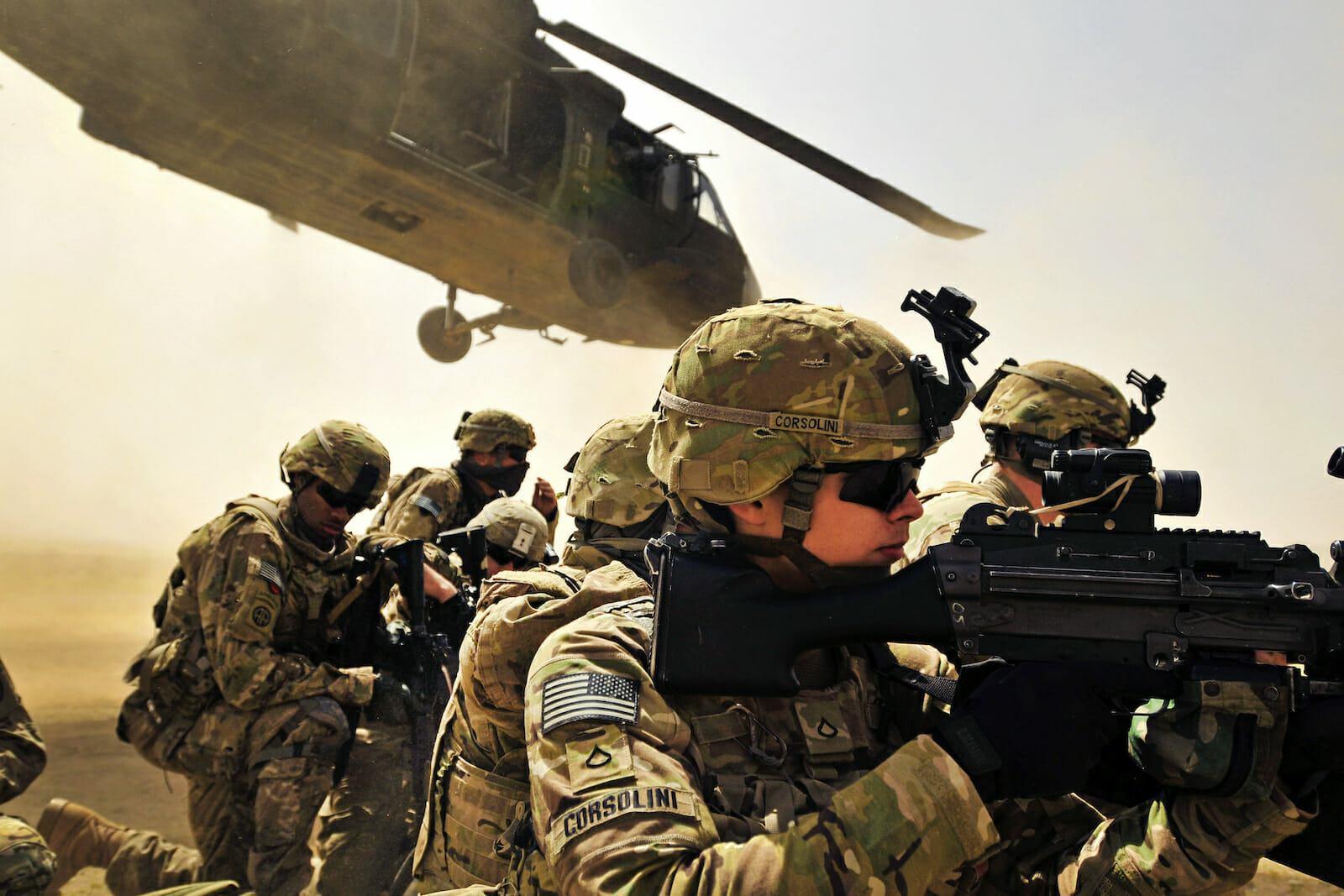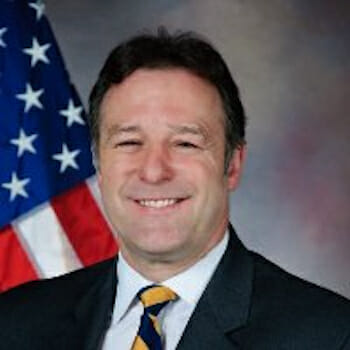
Afghanistan, the Sequel?
The Loya Jirga confirmed through the Bilateral Security Agreement the Afghan intent to have a longer security relationship with the United States and has put into doubt any thoughts of a wholesale U.S. pullout in 2014. It seems clear what the Afghans want although it is less clear why President Karzai is stalling before signing the agreement despite pressure from many U.S. officials. What should the response of the Obama administration be to Karzai’s dithering? President Karzai wants Afghanistan secured by the U.S. military before the deal is finalized. He is referring to the Taliban influence, which is quite substantial in many parts of the country.
Before considering any prolonged U.S. engagement our ultimate goals in Afghanistan and any options other than military should be explored. In a paper in March of 2011, I suggested three approaches to help the Afghans repair their country: enemy-centric, people-centric and leader-centric. The enemy-centric approach involves counterterrorism operations to dislodge and ultimately eliminate the Taliban threat. This approach is needed because even a small number of Taliban insurgents can polarize a whole village and turn the locals against Western and Afghan troops.
The people-centric approach must be implemented at the same time. These efforts include state building, school building, electric supply provisions, and bridge erection activities that are focused and coordinated within the larger effort.
The U.S. needs to provide basic services to Afghans. These material and moral support activities are fundamental for building trust and communicate to the Afghans that the United States and coalition countries will remain invested in their future. I would advocate prioritizing based on need and suggest projects that cross ethnic boundaries be given priority. Key to the people-centric approach is establishing an Afghan identity, not just a loose collection of ethnicities and tribes.
The third approach and arguably, as important, is a leader-centric approach. Leadership is a problem in Afghanistan and although the country has a semi-functional government in Kabul, corruption is rife. A leader-centric approach helps mentor, support, and encourage existing Afghan leaders. It may be more critical than any other approach because it identifies and prepares the next generation of military and civilian leaders. The Afghan people are vulnerable and as we have discovered failing to address a leader-centric approach will weaken the country further. Leader-centric activities include good governance, but more important, education fosters more critical thinking.
If we fail to advocate for all of the three approaches, the results will be further imbalance and a lead to an even larger disaster. This means that the United States will be bogged down in Afghanistan for another decade or more. We have already been there since 2001 and I am reluctant to do the math about the expanded blood and treasure.
Now that Afghanistan is clearly at a strategic inflection point, we must decide what a continued U.S. military presence in Afghanistan will look like and how it will end. Congress will need to step up with resources – maybe on a par with a mini-Marshal Plan or Plan Columbia type engagement – and direct metrics, although challenges must be coordinated across the three approaches. Balanced, resourced and “thought through” enemy-centric, people-centric and leader-centric approaches working together in harmony will set the conditions for success. Anything less is simply not good enough. We will rue the day if we get it wrong.

